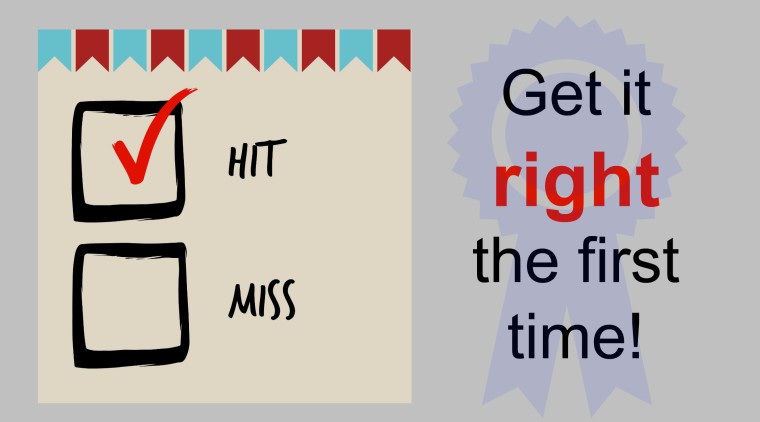
My recent reading of five indie books has uncovered some book errors, or problems, if you will, unnecessary, avoidable, overlooked, less-than-great (and easy-to-fix) mistakes. These mistakes shouldn’t have been made and, consequently, downgrade the quality of the reading experience–and they have nothing to do with message or content. To be fair, some of these books were vanity published which is a layer of added expense for the author in regards to editorial and extra services. Still, there is no excuse for poor book quality.
Every one of these books has a great message and an important purpose. However, the problems get in the way. It’s hard to write reviews for indie books like these because of notable errors that flash out at the reader. I wish Amazon could offer 4.5 star reviews. Then I could dock a book for grammar or formatting errors. As it stands now, books that are mostly great are confusing to rate: 5 stars seem too high and 4 stars seem too low. Many indie books range between good and great due to obvious errors and shortcuts. It’s a shame the authors didn’t improve their books. In fact, I hope these authors will write more books for they have something to offer.
INDIE PUBLISHING OOPS: Where the authors short-changed the book.
Book 1 – Inconsistencies: Glaring punctuation and spacing errors. Proofing before publication should have corrected these errors. Both curly and straight quotes are scattered throughout the book. A few times silly spacing errors appear before the periods in sentences and with no space after the period. Like this .I don’t think it’s working! This truly delightful book is less than stellar because of these obvious errors and a few others. (I found myself cringing every time straight quotes appeared on a page.)
Book 2 – Incomplete: Box insert on the side displays a partial sentence. A key point is left dangling, unfinished. The end of the sentence is dropped, chopped off–never to appear again, anywhere. Double the trouble because it uses enlarged text designed to highlight a quote from within the body of the work. It is a paperback book, so I don’t know how that got missed. (I searched and searched for the original sentence because I wanted to know the point of the sentence. Nada.)
Book 3 – Unacceptable: Multiple spacing errors and fragmented format. It appears the author rushed to get the work in print, and it shows. The first half of the book is well done, quite lovely, but the ending chapters have increasing numbers of errors, sentences running together, sentence spacings are off . . . and the font size is too small for ease of reading. An otherwise beautiful book with wonderful, well-thought-out content is spoiled to some degree. (I appreciated the subject matter enough that I overlooked the formatting, but it made me sad at the same time.) Side note: The author paid thousands to an imprint. It seems unconscionable that the publisher didn’t take more responsibility for the end result.
Book 4 – Unappealing: The book cover detracts. Its artwork looks unprofessional. The cover looks homespun and unappealing. It appears the author created his own hand-drawn artwork; the images look unnatural and, well, second rate. The message of the book is strong but the book’s cover is a limiting factor to its future success. Homemade drawings may seem like a nice touch, but in a visually sensitive world they come across badly. This author’s writing has something to offer, and I want him to be successful–he has passion for his subject–but something as basic as a wrong impression is going to trip him up–and that’s, so sad, too bad. (I emailed back and forth with him about the content. He plans to write a companion workbook. Should I say something about the cover?)
Book 5 – Uninteresting: The book tells rather than shows. This author has written a memoir borne out of personal experiences from when she helped homeless youth improve their lives. Her book fails to deliver in the “show, not tell” category we have come to expect in good writing. The message bogs down in the descriptions which, for me, creates a lack of energy during the reading of it. This newbie author, with a little guidance and coaching, could have crafted an entirely better, more delightful read. Fortunate for her, the story is strong enough to carry the reader to the end despite the writing deficits. (The author has a mediocre book as it stands now, but I wish it had been well-crafted because the story, itself, is quite interesting.)
TIPS & TAKE AWAYS: A few things Indie authors need to pay attention to.
1. Clean copy – Fix the book’s punctuation errors and follow the industry standard. Don’t assume your proofreader or editor fixed all of them. Recheck your manuscript, and later, your galley proof.
2. Double check – Check everything on the final review copy before the book goes to print. Be vigilant, be the clean-copy police.
3. Take time – Keep focused to the end. A book is an extension of you. If it sings, you sing. Enough said.
4. Professional look – Make the look to the book shout “look at me” to the potential reader. Ask yourself if it stands out on a book shelf. Do it right the first time.
5. Write well – Do your homework. Learn the trade. Apply yourself to learning the ins and outs of authoring before you start the book. Too late? Put energy into a rewrite and/or improving your current manuscript.





I reserve the right to delete comments that are offensive or off-topic.